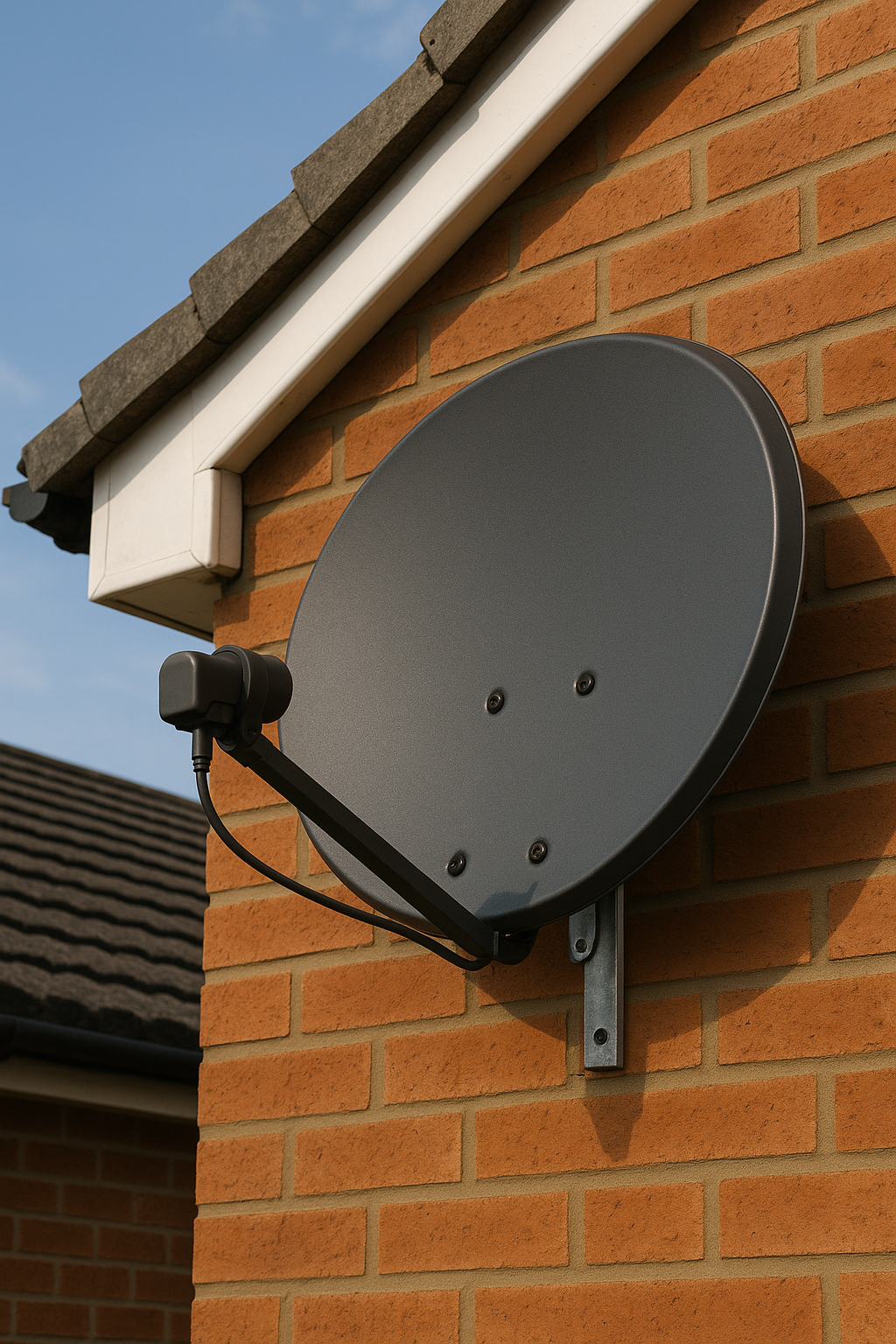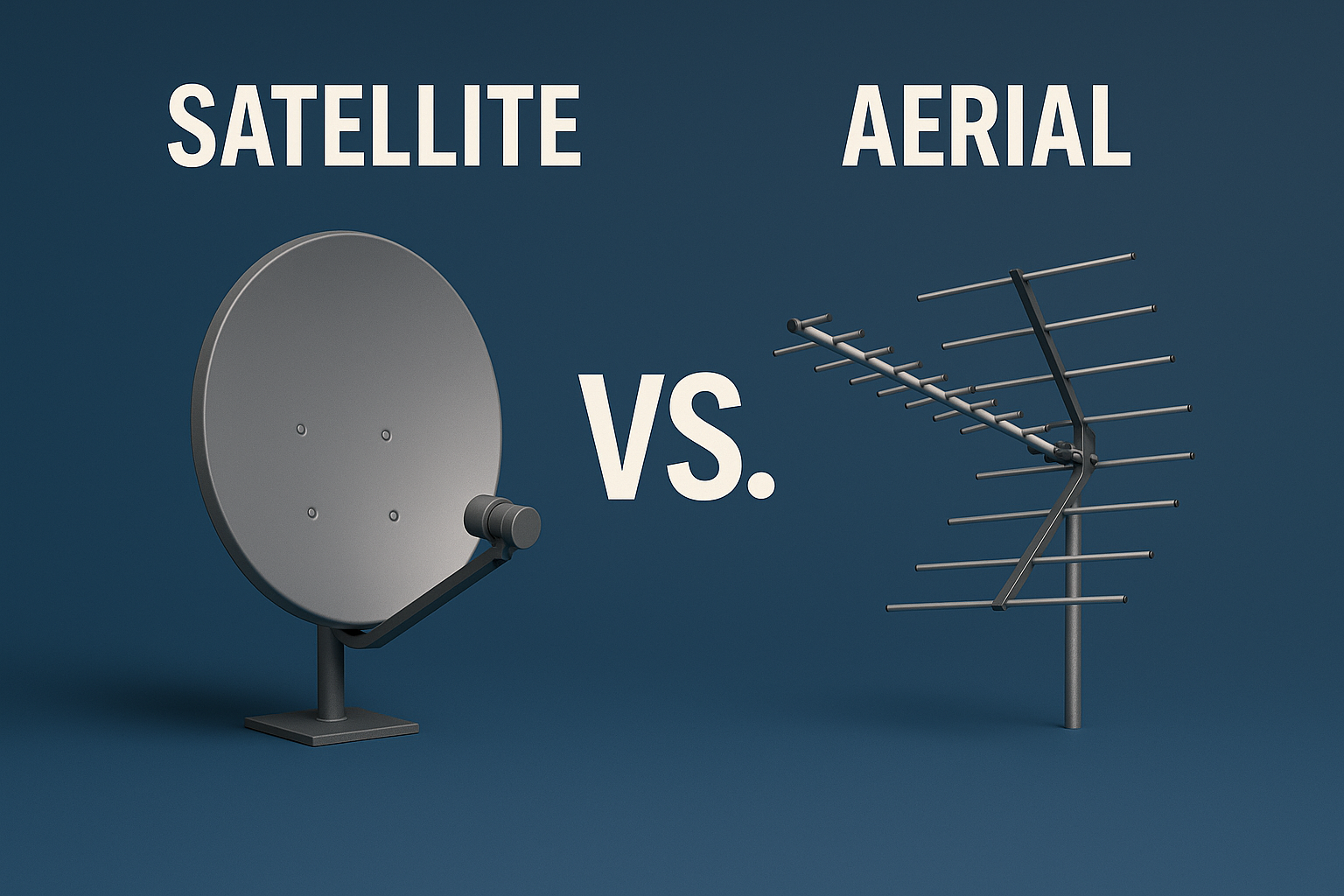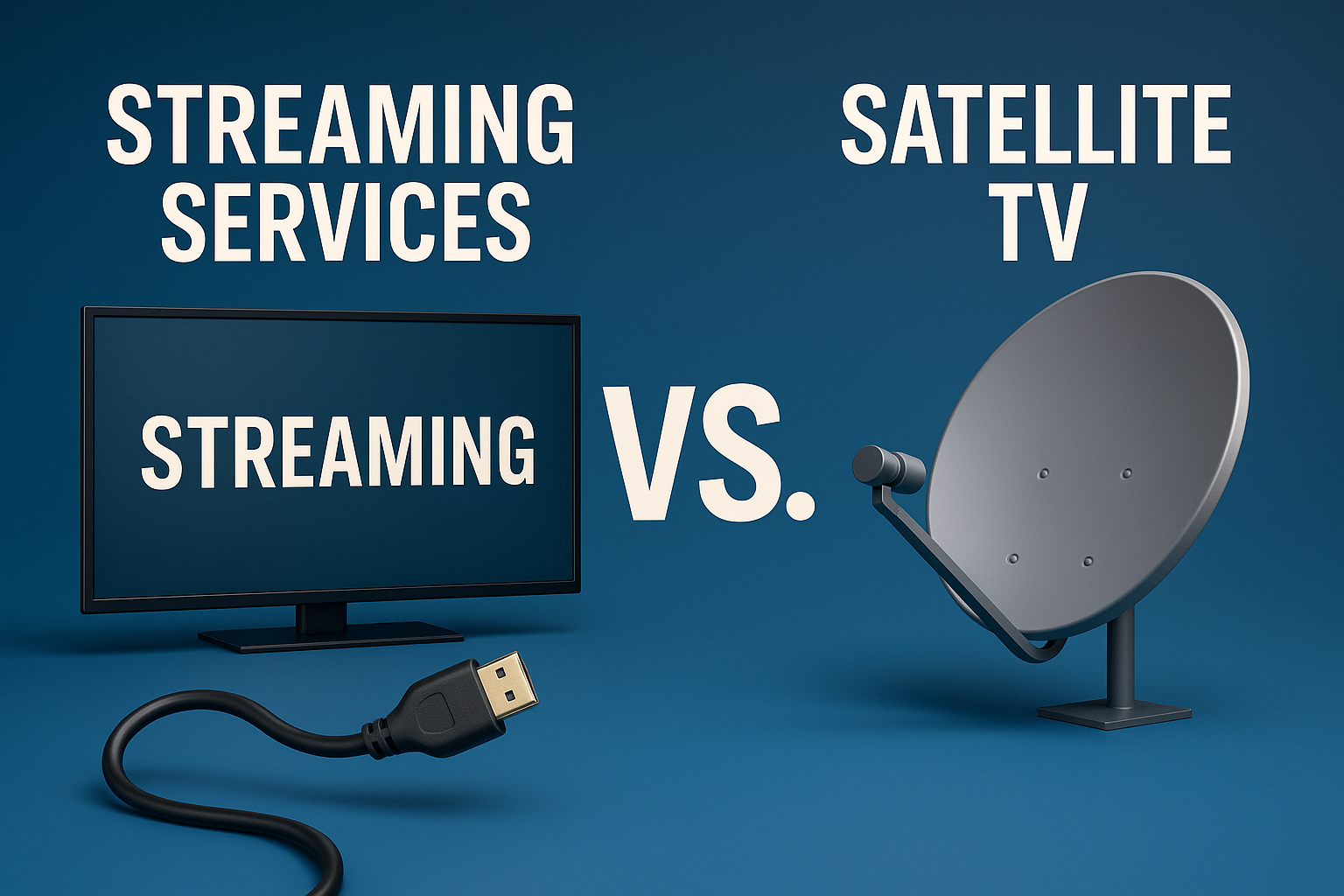Satellite dish positioning: Why location matters for signal quality

Satellite Dish Positioning: Key to Signal Quality
The placement of your satellite dish plays a critical role in the quality and reliability of your TV signal. Unlike aerials that receive signals from nearby transmitters, satellite dishes rely on a direct line-of-sight to orbiting satellites.Key Factors for Optimal Placement
1. Clear View of the Southern Sky
- UK Requirements:
- Face approximately southeast
- Connect with geostationary satellites
- Avoid signal obstructions
- Potential Obstructions:
- Trees
- Buildings
- Chimneys
2. Mounting Height and Stability
- Installation Locations:
- Exterior walls
- Chimneys
- Rooftops
- Important Considerations:
- Higher mounting improves reception
- Secure bracket reduces movement
- Wind resistance is crucial
3. Local Environment Considerations
- Avoid:
- Metal objects
- Scaffolding
- Electrical equipment
- Professional Assessment:
- Surroundings evaluation
- Signal interference prevention
- Optimal positioning
4. Weather and Accessibility
- Weather Impact:
- Snow accumulation
- Heavy rainfall
- Wind exposure
- Maintenance Access:
- Easy cleaning location
- Service accessibility
- Regular maintenance
5. Cable Run and Signal Strength
- Considerations:
- Longer cable runs need higher quality
- Signal amplification may be required
- Professional installation recommended






















